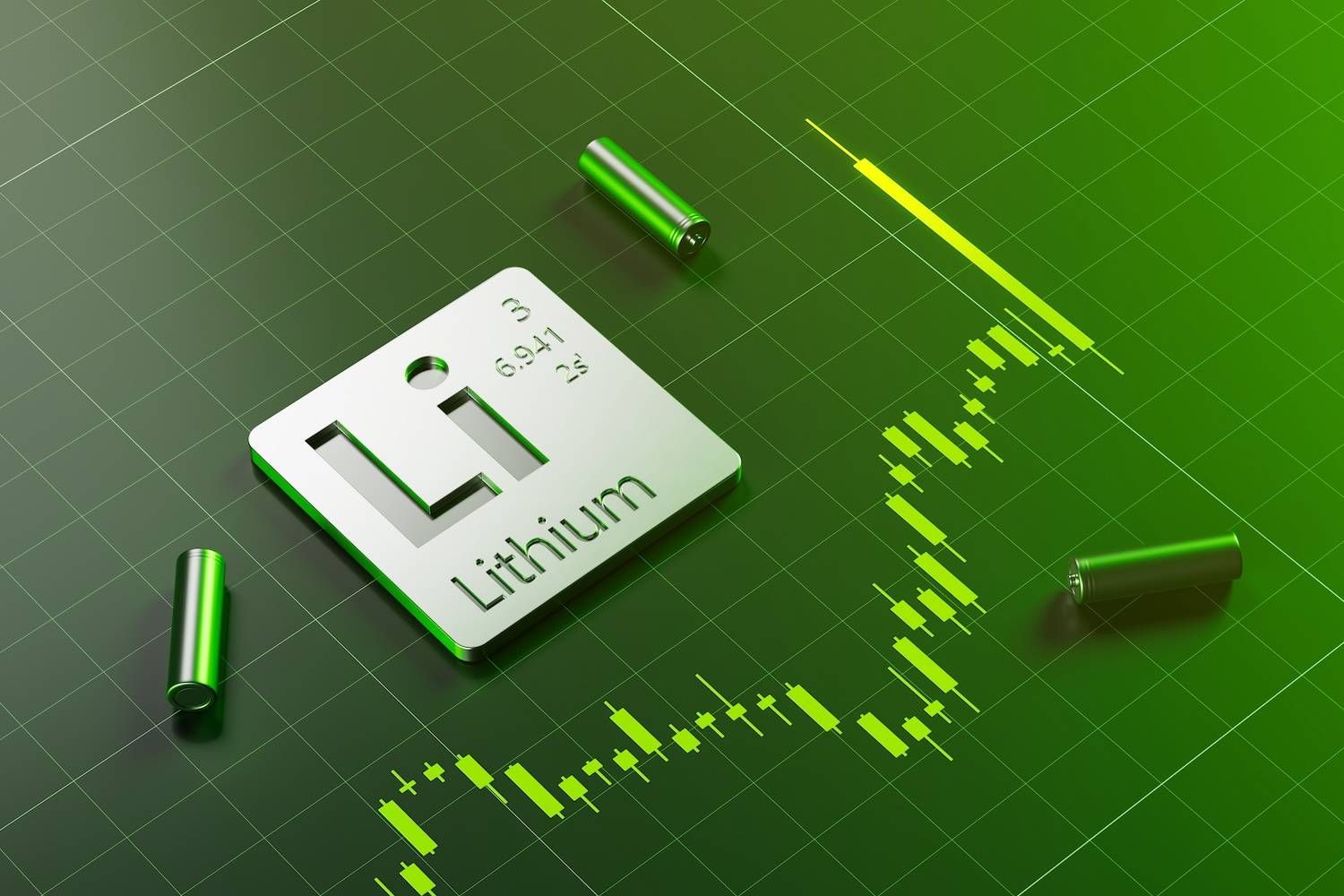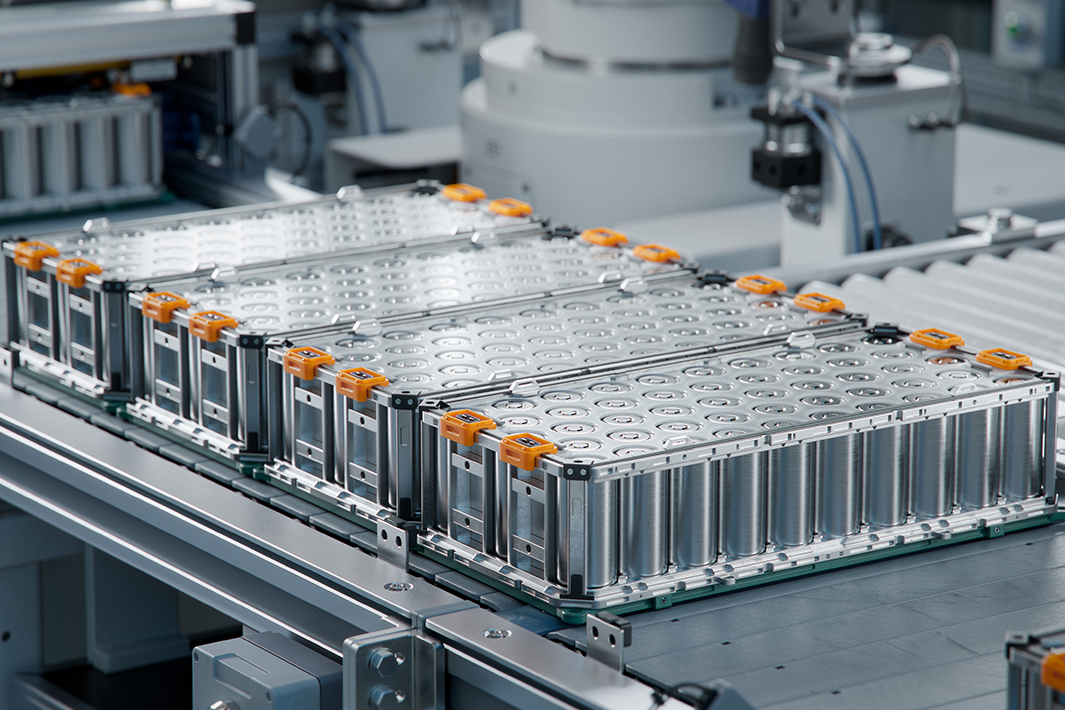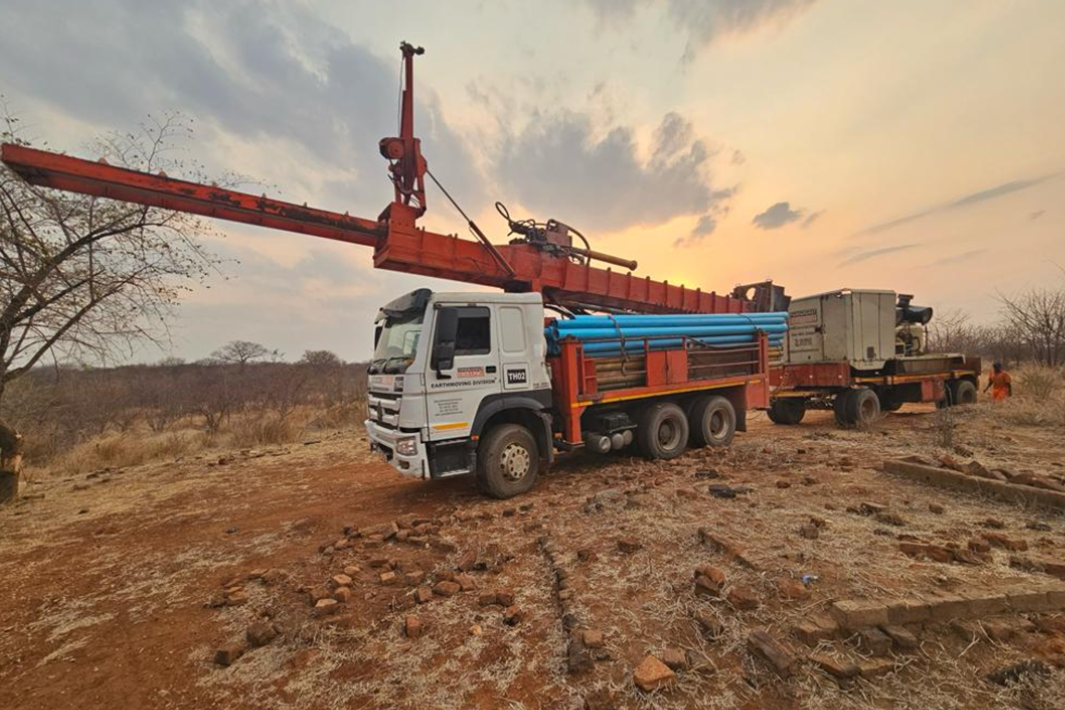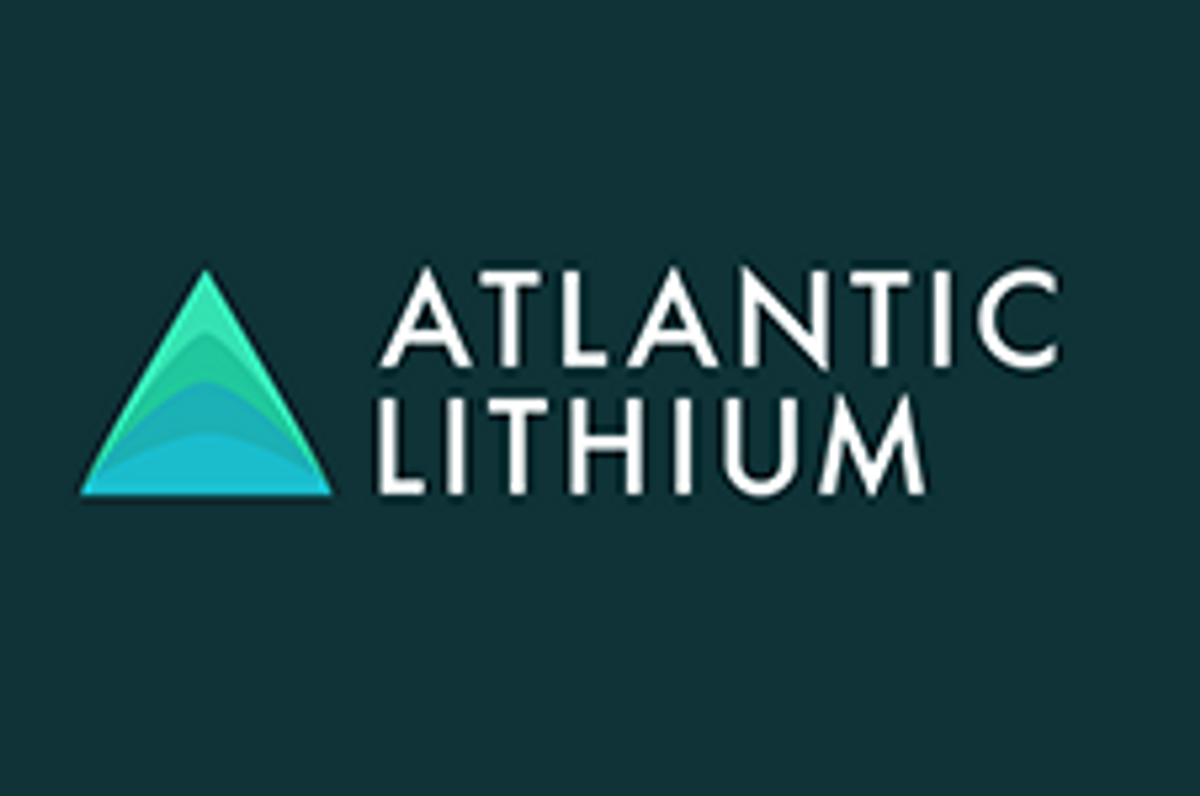
December 01, 2023
Atlantic Lithium (ASX:A11, AIM:ALL, OTCQX:ALLIF) intends to leverage Ghana's 180,000 tonnes of estimated resources through its flagship Ewoyaa project, set to become Ghana’s first lithium-producing mine. Atlantic Lithium intends to produce spodumene concentrate capable of conversion to lithium hydroxide and carbonate for electric vehicle batteries.
In June 2023, Atlantic Lithium released a definitive feasibility study (DFS) indicating Ewoyaa with demonstrable economic viability, low capital intensity and excellent profitability. The DFS showed 35.3 million tons (Mt) @ 1.22 percent lithium oxide JORC Mineral Resource Estimate and conservative life-of-mine concentrate pricing of US$1,587/t.
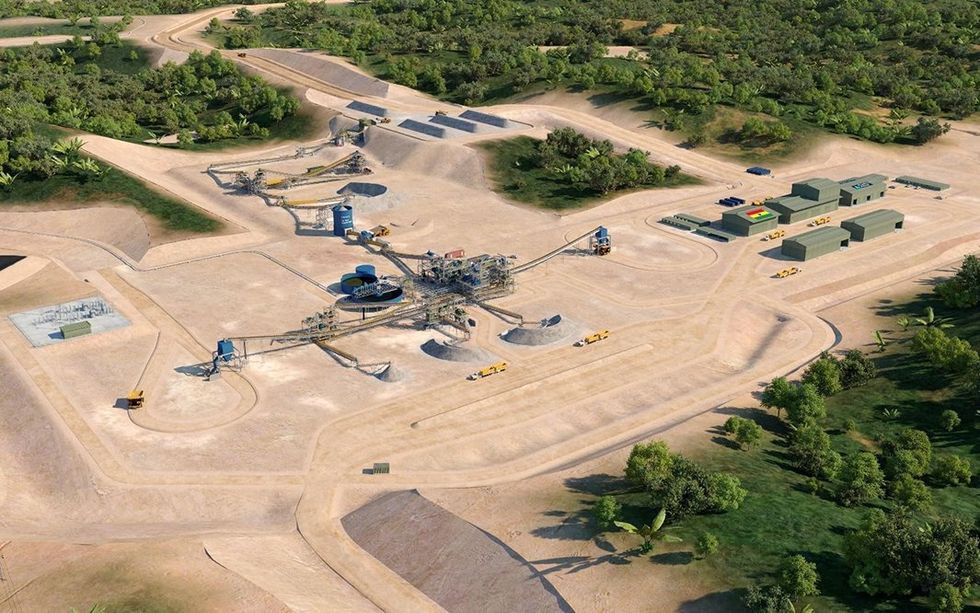
Atlantic Lithium plans to deploy a Modular DMS plant ahead of commencing operations at the large-scale main plant to generate early revenue. This intends to reduce the peak funding requirement of the main plant. The project is expected to deliver first spodumene production as early as April 2025.
The development of the project is co-funded under an agreement with NASDAQ and ASX-listed Piedmont Lithium (ASX:PLL), with Piedmont expected to fund c. 70 percent of the US$185 million total capex. In accordance with the agreement, Piedmont is funding US$17 million towards studies and exploration and an initial US$70 million towards the total capex. Costs are split equally between Atlantic Lithium and Piedmont thereafter.
Company Highlights
- A mining and exploration company operating in West Africa, Atlantic Lithium is set to deliver Ghana’s first lithium-producing mine with its flagship Ewoyaa Lithium Project.
- Ghana is a well-established mining region with access to reliable, existing infrastructure and a significant mining workforce. There are currently 16 operating mines in the country.
- There is significant government interest in getting Ewoyaa operational to diversify the country’s production from gold.
- Atlantic Lithium is already the leading taxpayer and employer in the region and, through Ewoyaa, expects to bring significant business and development locally.
- The June 2023 definitive feasibility study proves Ewoyaa to be a financially viable, major near-term lithium-producing asset.
- The project is co-funded under an agreement with Piedmont Lithium.
- With 50 percent of offtake still uncommitted, the company is one of few near-term spodumene producers with offtake available.
- Situated on the West African coast, Atlantic Lithium is well-positioned to serve the global electric vehicle markets.
This Atlantic Lithium profile is part of a paid investor education campaign.*
A11:AU
The Conversation (0)
26 November
Long State Funding Update
Atlantic Lithium (A11:AU) has announced Long State Funding UpdateDownload the PDF here. Keep Reading...
31 October
Quarterly Activities/Appendix 5B Cash Flow Report
Atlantic Lithium (A11:AU) has announced Quarterly Activities/Appendix 5B Cash Flow ReportDownload the PDF here. Keep Reading...
20 October
Pronounced Lithium-in-soil Anomalies
Atlantic Lithium (A11:AU) has announced Pronounced Lithium-in-soil AnomaliesDownload the PDF here. Keep Reading...
03 September
Corporate Funding Update
Atlantic Lithium (A11:AU) has announced Corporate Funding UpdateDownload the PDF here. Keep Reading...
31 July
Quarterly Activities/Appendix 5B Cash Flow Report
Atlantic Lithium (A11:AU) has announced Quarterly Activities/Appendix 5B Cash Flow ReportDownload the PDF here. Keep Reading...
24 December
Altius Minerals to Expand Portfolio with C$520 Million Lithium Royalty Deal
Altius Minerals (TSX:ALS,OTCQX:ATUSF) is making a bet on a lithium market recovery, agreeing to acquire Lithium Royalty (TSX:LIRC) in a C$520 million deal that will expand its exposure to battery metals.Under a definitive agreement announced by the two companies on Monday (December 22), Altius... Keep Reading...
23 December
Liontown's First Tjiwarl Member Completes Apprenticeship at Kathleen Valley
Liontown (ASX:LTR,OTC Pink:LINRF) has reached a milestone at its Kathleen Valley operations, with Vaughan Harris becoming the first Tjiwarl community member to complete an apprenticeship with the company.“Being the first Tjiwarl apprentice to complete an apprenticeship here at Liontown feels... Keep Reading...
22 December
Lithium Market 2025 Year-End Review
The global lithium market endured a bruising 2025, with persistent oversupply and softer-than-expected electric vehicle (EV) demand driving prices for the battery metal to multi-year lows.Lithium carbonate prices in North Asia slipped below US$9,550 per metric ton in February — their weakest... Keep Reading...
11 December
Mining the Gap: 5 Forces Shaping North America’s Lithium Supply Chain
A convergence of industry investments, government initiatives and a shifting global trade dynamic is creating an environment ripe for the development of a North American battery supply chain, with lithium playing a leading role. These trends are reshaping the region’s industrial base and opening... Keep Reading...
10 December
Rock Bottom: Strategic Window for Ground-level Lithium Investment
When lithium prices hit bottom, savvy investors know that’s exactly where the next big discovery begins — literally. Beneath the surface of global markets and remote exploration grounds, new opportunities are forming in the wake of a sharp price reset and renewed geopolitical urgency.Recent... Keep Reading...
10 December
Liontown Resources Pens Lithium Offtake Agreement with China's Canmax
Liontown Resources (ASX:LTR,OTC Pink:LINRF) has executed a binding offtake agreement with Chinese conglomerate Canmax Technologies (SZSE:300390) as part of its strategy to diversify its customer base.“Listed on the Shenzhen Stock Exchange, Canmax is one of the world’s leading manufacturers of... Keep Reading...
Latest News
Interactive Chart
Latest Press Releases
Related News
TOP STOCKS
American Battery4.030.24
Aion Therapeutic0.10-0.01
Cybin Corp2.140.00



